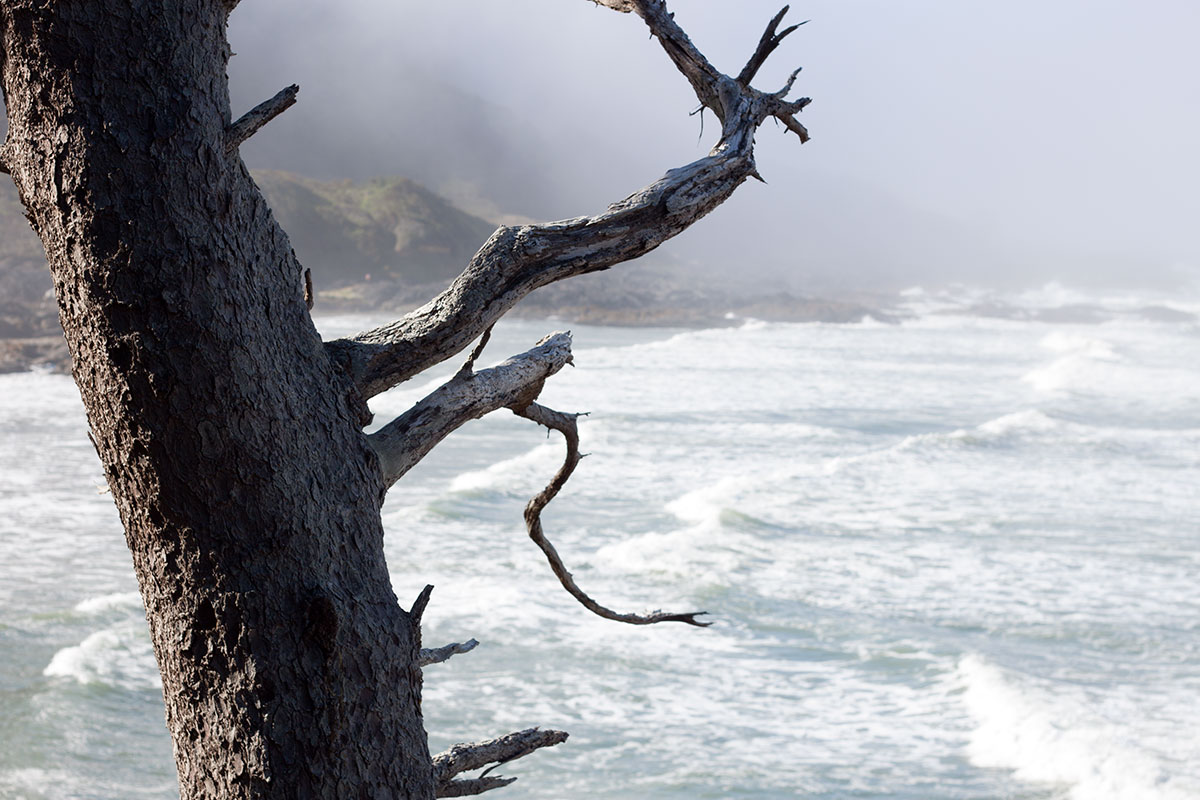

The Greenland Ice Sheet is projected to contribute up to ~25 cm of global mean sea level by the year 2100 under ’worst case’ greenhouse-gas emissions scenarios. Our supervised classification technique provides an alternative and independent method of lake identification to inform the development of a continent-wide supraglacial lake mapping product.īoth the Greenland and Antarctic ice sheets are losing mass at an increasing rate (e.g., ). Our results show that caution is required before deploying ‘off the shelf’ algorithms for lake mapping in Antarctica, and suggest that careful scrutiny of training data and desired output classes is essential for accurate results. Cloud shadowed areas hinder large-scale application of our classifiers, as in previous work. The application of our trained classifiers produces a seasonal pattern of lake evolution. We successfully apply our trained supervised classifiers across two ice shelves with different supraglacial lake characteristics above a threshold sun elevation of 20°, achieving classification accuracies of over 90% when compared to manually generated validation datasets. Best results are obtained using training datasets that comprise spectrally diverse unsupervised clusters from multiple regions and that include rock and cloud shadow classes.
#HECTA JUNCTION LAKE MANUAL#
We deploy a suite of different trained supervised classifiers to map and quantify supraglacial lake areas from multispectral Landsat-8 scenes, using training data generated via manual interpretation of the results from k-means clustering.

This work paves the way for automating lake identification at a continental scale throughout the satellite observational record via a thorough methodological analysis. Cloud computing platforms have made the required remote sensing analysis computationally trivial, yet a careful evaluation of image processing techniques for pan-Antarctic lake mapping has yet to be performed. A quantitative assessment of supraglacial lake evolution is required to understand the influence of Antarctic surface meltwater on ice-sheet and ice-shelf stability. Surface meltwater generated on ice shelves fringing the Antarctic Ice Sheet can drive ice-shelf collapse, leading to ice sheet mass loss and contributing to global sea level rise.


 0 kommentar(er)
0 kommentar(er)
